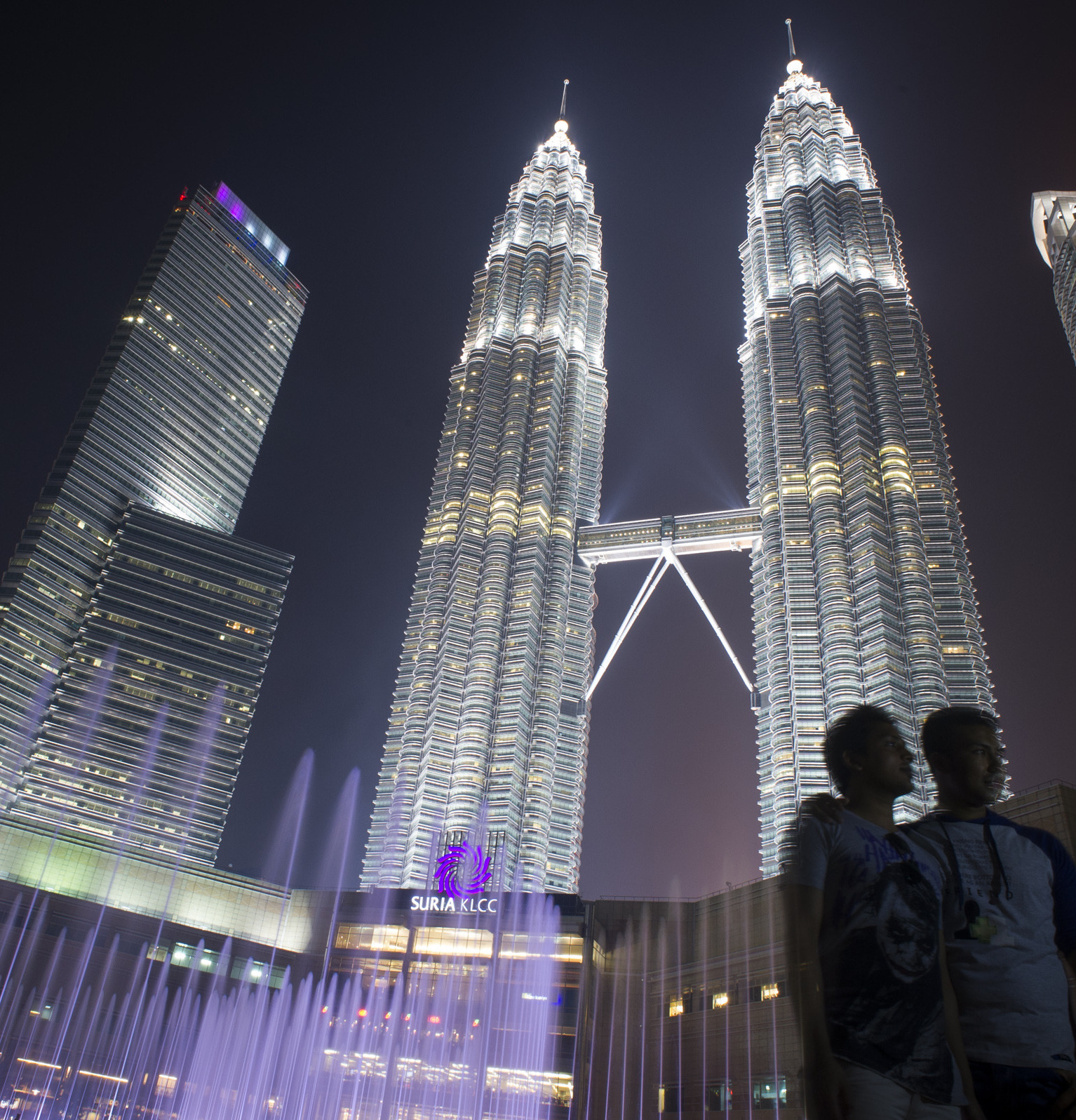
Tourism thrives in Malaysia despite association with MH tragedies
Two airplane catastrophes put Malaysia on the map in a bad way in 2014. But they didn’t hurt the country’s tourism, and the higher visibility may even have helped: visitor numbers had their strongest growth in years. Figures for all of 2014 haven’t been released yet but the government’s January-October data shows 22.9 million visitors, a jump of nearly 10 percent from a year earlier. That far outpaced 2.5 per cent growth for the same period in 2013 and a 0.7 per cent rise in 2012. The full year growth rates for those two years are close to the 10-month figures.
The bad publicity has made Malaysia more well known to the world.
Jaya Kumar Sannadurai, vice president at Dayangti Transport and Tours
For the past decade, Malaysia has run an elaborate campaign to market itself abroad as an ideal Asian destination, touting a multiethnic culture, lush rainforests and pristine beaches. Despite the effort to internationalize, its tourism industry still relies heavily on tightly-packed neighboring Singapore and in a renewed push the government had designated 2014 as “Visit Malaysia Year.” The aim of the Visit Malaysia campaign, with the endangered pot-bellied proboscis monkey as its mascot, was to lure 28 million visitors and $21.1 billion in spending. Tourism is already Malaysia’s second biggest earner of foreign exchange after manufactured goods. The country might fall a little short of the 28 million visitors goal for 2014 but a high level of fully paid advance tour bookings and a quick change in marketing strategy by tourism officials helped keep the industry on a growth path overall.
Our Southeast Asian neighbors helped to keep the tourist numbers up. We could have done better if it wasn’t for the China market.
Azizan Noordin

Asia-Pacific Malaysia